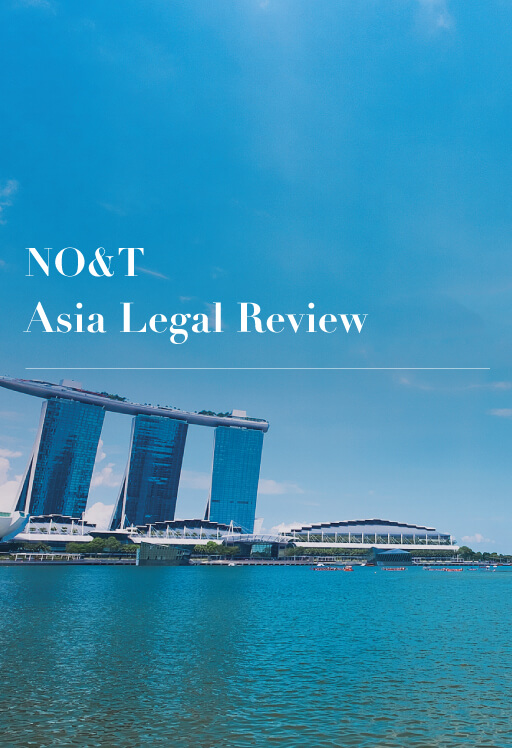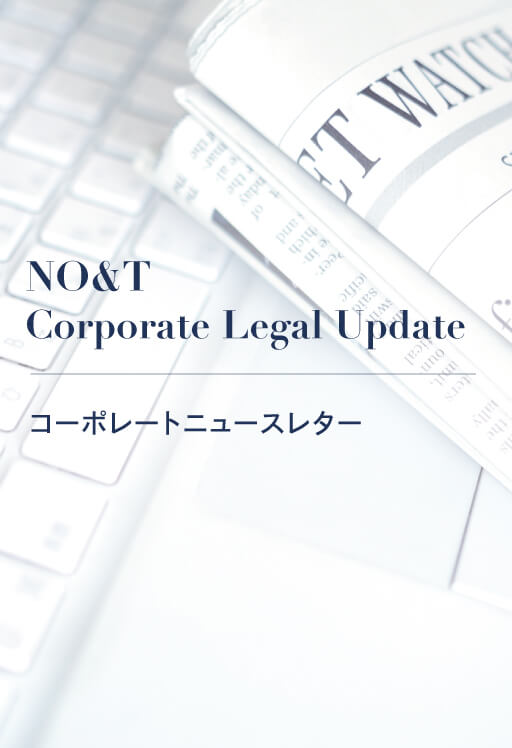
NO&T Asia Legal Review
On 4 August 2023, the Philippine Competition Commission (“PCC”) issued the Guidelines for the Motu Proprio Review of Mergers and Acquisitions in the Digital Markets (the “Guidelines”).
The Guidelines are consistent with the PCC’s market surveillance function, and its mandate under the Philippine Competition Act to review, motu proprio (or suo moto or on its own accord) or upon notification, mergers and acquisitions having a direct, substantial and reasonably foreseeable effect on trade, industry, or commerce in the Philippines. The focus on digital markets may be due in part to the accelerated growth of the digital economy in the past few years, with the PCC acknowledging in its 2022 Annual Report, that it has devoted its enforcement efforts to sectors most relevant during the pandemic, including e-commerce. As the digitalization trend continues, an increase in digital market transactions is anticipated, which will need to be monitored and reviewed for anti-competitive conduct.
Through the Guidelines, the PCC provides a non-exhaustive list of indicators of competition issues in mergers or acquisitions in the digital market, which if present, may trigger the PCC to initiate a motu proprio review of the transaction even if such transaction is not subject to compulsory notification requirements (i.e., such transaction did not breach the prevailing thresholds of the size-of-party test and size-of-transaction test※1). The indicators that were identified and explained by the PCC in the Guidelines are summarized as follows:
The Guidelines based the concept of “gatekeepers” on Article 3.1 of the EU Digital Markets Act, which provides that an undertaking shall be designated as a gatekeeper if it (a) has a significant impact on the internal market, (b) provides a core platform service that is an important gateway for business users to reach end-users, and (c) enjoys an entrenched and durable position in its operations, or it is foreseeable that it will enjoy such a position in the near future.
In evaluating whether a transaction involves a gatekeeper, the PCC will consider factors such as an entity’s size, the creation of direct and indirect network access, and access to and use of data relevant to competition, among others. An example given is a gatekeeper providing e-commerce services acquiring a small company providing logistics and transportation services. As gatekeepers could limit switching by bundling services and foreclose a competitor’s access to platforms, transactions that involve one or more gatekeepers with competitive significance in the digital market may trigger a motu proprio review.
Because accessing data is a key element in determining market power and generating competitive advantage for data-centric entities, mergers or acquisitions involving entities with data-centric operations affect the amount and nature of data available to competitors, which may raise competition issues. An example given is when a social media platform with advertising services acquires a messaging application provider, the merged entity will be able to consolidate and use the data collected from both services to improve targeted advertising, and gain advantage over other advertising service providers post-transaction.
Transactions that result in increased network effects (i.e., an increase in the number of platform users, which leads to an increase in its value and attractiveness to all users), such as the acquisition of competitors, may tip the market in favor of the dominant provider and limit competition and users’ choices. An example given is when a ride-hailing company acquires a competitor, the former would strengthen its platform’s network effects regardless of the competitor’s size or revenues, since it would be able to connect to an increased number of drivers and riders.
Based on the Guidelines, an entity may be considered an innovator when it participates in a market where R&D is essential or there is continuous competition for innovation. Transactions involving innovators, especially disruptive innovators, may require further review by the PCC since it may limit incentives to innovate, interoperate with other market players, or license patents.
Although a conglomerate merger or acquisition does not involve competitors or parties with a customer-supplier relationship, such type of transaction could allow a party to expand into downstream markets and expand digital ecosystems, which can lock in consumers to its products and services, limit switching to competitors, or promote anti-competitive tying and bundling strategies. An example given is when a ride-hailing company acquires a brick-and-mortar retail chain, it may adopt a bundling strategy to provide delivery services only to its own retail stores, limiting the user’s access to competing options.
This refers to successive or a series of transactions within a one-year period by a digital market operator which may involve the same acquirer and different acquired entities (i.e., different notifying group). Such transactions may raise red flags with the PCC because, while the size of the parties and the transactions taken individually may not be substantial enough to trigger compulsory notification requirements, successive transactions could still have an aggregate impact on market competition.
Mergers or acquisitions involving parties already under investigation by the PCC for possible violations of the Philippine Competition Act may necessitate a motu proprio review to preclude any further anti-competitive effects.
The PCC may also review a non-notifiable merger or acquisition, where the value of the consideration or the contract price is close to the size-of-transaction test threshold. In addition, the PCC may also consider the non-monetary benefits (e.g., board seat, management position, etc.) in the transaction to determine whether motu proprio review is appropriate.
The Guidelines state that a share supply of 30% in any of the involved goods or services would signal the significant participation of parties in the market. An example given is a when a digital ecosystem providing mapping services acquires a real-time navigation application, which supplies more than 30% of its market, the PCC may consider this to be a “transaction of interest” based on the market relevance of the parties to the supply of such services.
The PCC has emphasized that the Guidelines are not intended to set a limit on its power to conduct a motu proprio review of mergers and acquisitions in general, and the PCC may apply such Guidelines flexibly, or where appropriate, deviate from such Guidelines considering the attendant circumstances of each transaction.
Notwithstanding, parties to mergers or acquisitions in the digital market should take note of the above typical indicators, which may trigger a motu proprio review of their transaction. In order to manage the risks that the PCC may exercise their authority to conduct a motu proprio review, parties may wish to consider consulting with the PCC’s Mergers and Acquisitions Office prior to the execution of any definitive agreements on whether their transaction would raise competition issues and/or explore the option of filing a voluntary notification of their transaction, especially if any of the indicators are present.
*1
The prevailing thresholds (effective since 1 March 2023) are Php 7 billion for the size-of-party test, and Php 2.9 billion for the size-of-transaction test. Note that such thresholds are adjusted by the PCC on March 1st of every succeeding year based on the GDP.
This newsletter is given as general information for reference purposes only and therefore does not constitute our firm’s legal advice. Any opinion stated in this newsletter is a personal view of the author(s) and not our firm’s official view. For any specific matter or legal issue, please do not rely on this newsletter but make sure to consult a legal adviser. We would be delighted to answer your questions, if any.


Takashi Itokawa, Takahiro Kitagawa (Co-author)


Kenji Utsumi, Masatsura Kadota, Junji Yamanaka (Co-author)


(April 2025)
Akemi Suzuki, Shuichi Nishimura, Kohei Mano (Co-author)


Rashmi Grover


Takashi Itokawa, Takahiro Kitagawa (Co-author)


Kenji Utsumi, Masatsura Kadota, Junji Yamanaka (Co-author)


Rashmi Grover


Wataru Matsumoto, Kyosuke Ohno (Co-author)


Patricia O. Ko


Ngoc Hoang


Yuan Yao Lee


Chattong Sunthorn-opas, Thunsinee Sungmongkol (Co-author)


Patricia O. Ko


Ngoc Hoang


Yuan Yao Lee


Chattong Sunthorn-opas, Thunsinee Sungmongkol (Co-author)


Patricia O. Ko


Patricia O. Ko


Patricia O. Ko


Patricia O. Ko